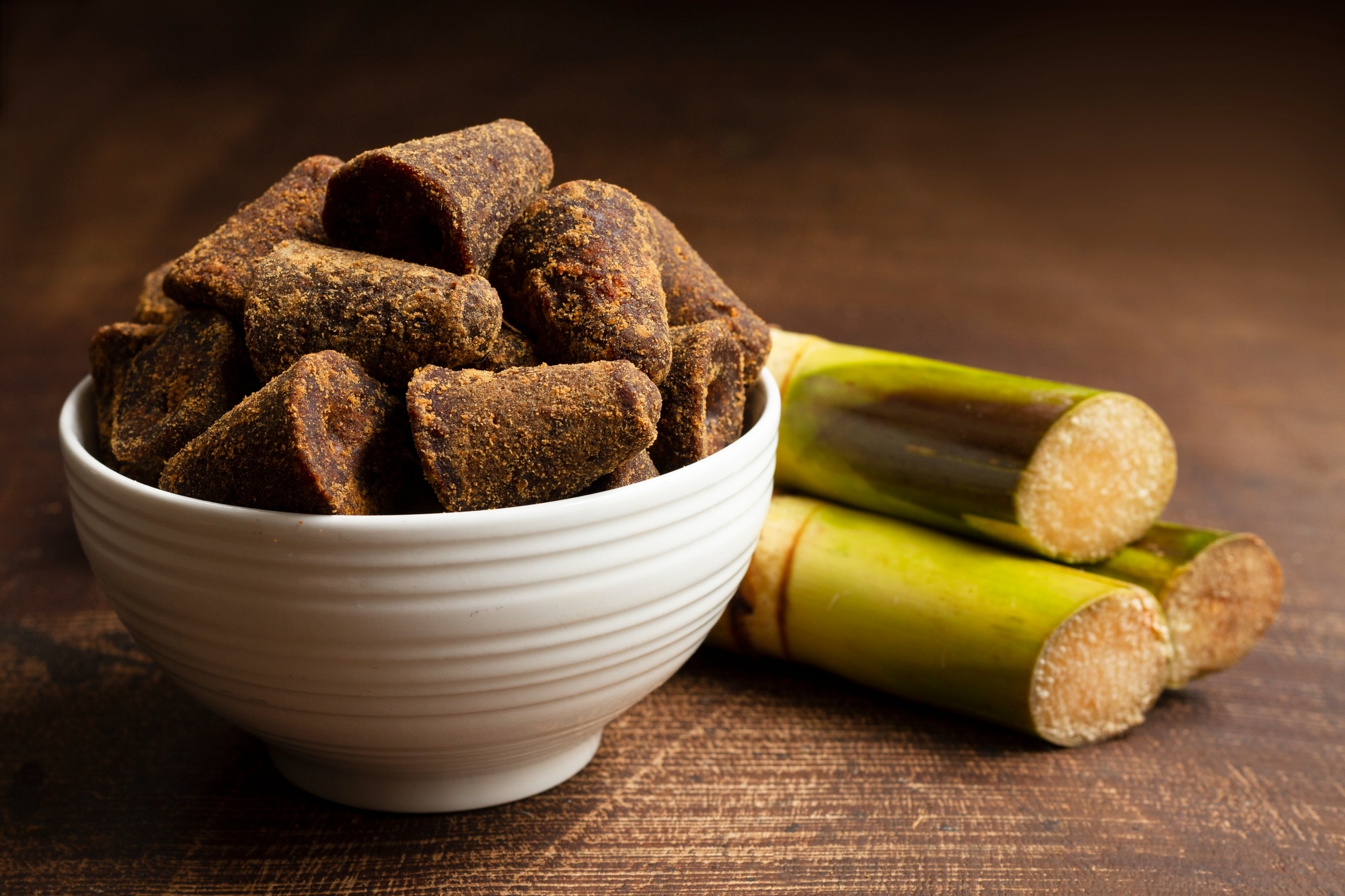The cuisine of Sikkim is an amalgamation of influences from different countries and cultures including Nepal, Bhutan and Tibet. Yes, there more to Sikkim's food than momos and thupka! The food of Sikkim is unique and flavourful, it uses locally available produce to create mouth-watering dishes that are loved equally by locals and visitors. People from Sikkim love dairy products as much as they love traditional meat dishes. Fermentation is a popular way of preserving and consuming local vegetables on a daily basis.
Also Read:( 10 Best Traditional Thai Food Recipes)

Fermentation is a popular way of preserving and consuming local vegetables on a daily basis.
What is Gurkha Thali?
Gurkha Thali is one the most popular dishes enjoyed in Sikkim. It is influenced by traditional Nepalese food and includes rice, dal, gundruk, kinema (fermented beans), churpi and ningro (wild edible fern) and papad. The combination of all these items is then served on a round platter and enjoyed as a wholesome, hearty dish. Gurkha Thali is enjoyed by locals even more during festivals like Durga Puja, Dasain and Diwali (known as Tihar in the local language). A full plate of steamed rice with fresh dal, including dishes like chicken curry, dundruk, kinema, ningro and churpi, papad, sel roti and a traditional beverage known as Tongba is served as part of the celebrations.
Nowadays, Gurkha Thali is generally consumed by locals only during particular festivals and not on a daily basis as it takes a lot of time to make the elaborate meal. However, tourists can enjoy the wholesome thali even during non-festival days as most restaurants in and around Gangtok serve the special Thali on most days. One of the top most restaurant famous for their Gurkha Thali is Thakali, in the heart of Gangtok.
A Gurkha Thali includes items like:
1. Gundruk
Gundruk is prepared by fermenting leafy pickled vegetables and is a popular dish in Nepal, parts of Tibet, Sikkim, Bhutan and Darjeeling. Gundruk can be enjoyed as a side dish even if it is not part of a thali. Leafy vegetables like radish and cauliflower are generally used to make gundruk.
In the month of October and November, during the harvest of the first mustard, radish and cauliflower leaves are plucked and allowed to wilt for one two days and are then shredded with a knife or sickle. These are then supposed to be mashed and mixed together, compressed and kept in an airtight container. After keeping it in a sunny place for a while, the acidity of the fermented veggies can be tasted or can be known by the smell of it. It is then dried in sunlight for making it more flavourful and acidic.
Also Read: ( 8 Lesser Known Greens We Should All Be Eating)

Leafy vegetables like radish and cauliflower are generally used to make gundruk.
2. Kinema
Kinema is the fermented soyabean food popular in Nepal, Bhutan and Sikkim, India. The slimy, odorous product of fermentation is traditionally prepared into a soup that is consumed with rice. It is also served as a pungent side dish to accompany with breads as well.
The dish is prepared at home but is sold in local markets too. Often considered a healthy dish, as fermentation breaks down complex proteins into easily digestible amino acids, Kinema is very popular in Sikkim and is often used as a substitute to meat curries.
Also Read: (Fried Rice with Soya Chunks Recipe)

It is also served as a pungent side dish to accompany with bread.
3. Ningro
Scientifically known as Diplazium polypodiodes, Ningro is an alpine fiddlehead fern harvested for use as a vegetable. The fiddleheads are source of fatty acids, and are high in iron and fibre. Ningro also contains various vitamins and minerals. They are low in sodium but rich in potassium which make it suitable for people who need to follow a low sodium diet. These are mixed with churpi, prepared in local dairies or homes from buttermilk. The combination of these two items lends an authentic flavour to the dish and adds immense nutritional value to the whole meal.
4. Sel Roti
A Gurkha thali is incomplete without Sel Roti, which is a traditional homemade, sweet ring-shaped bread, mainly prepared during the widely celebrated festivals of Dussehera (Dasain) and Diwali (Tihar) in Nepal and Sikkim, India. The bread consists is made using a mixture of rice, flour, water, butter, cardamom and cloves. The mixture is semi liquid which is then deep fried in boiling oil or ghee.
Also Read:(Malpua: The Sweet Indian Pancake Which Has Been India's Winter Obsession For Over 3000 Years)

A traditional homemade, sweet ring-shaped bread
And finally, the non-veg addition to a Gurkha Thali is a non-veg curry made using either chicken or mutton. This curry is a standard curry that most foodies in North India would already be familiar with.
Sikkim was declared India's first '100 percent Organic State' in January, 2016. The entire state now does farming without the use of any synthetic or chemical fertilisers. This gives the local produce of Sikkim an edge, making all its locally available produce healthier and tastier.










